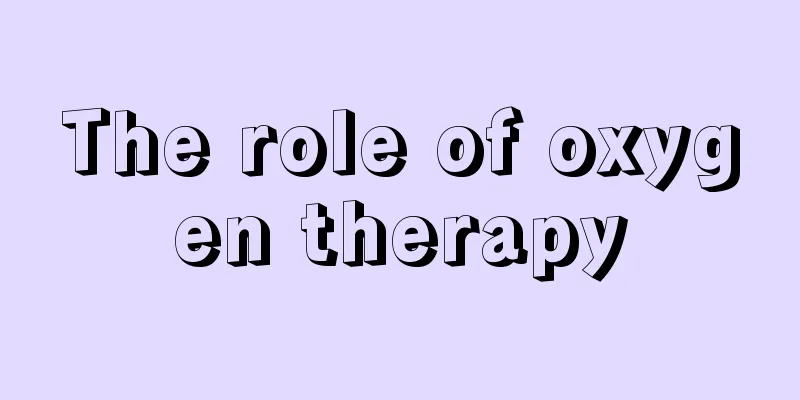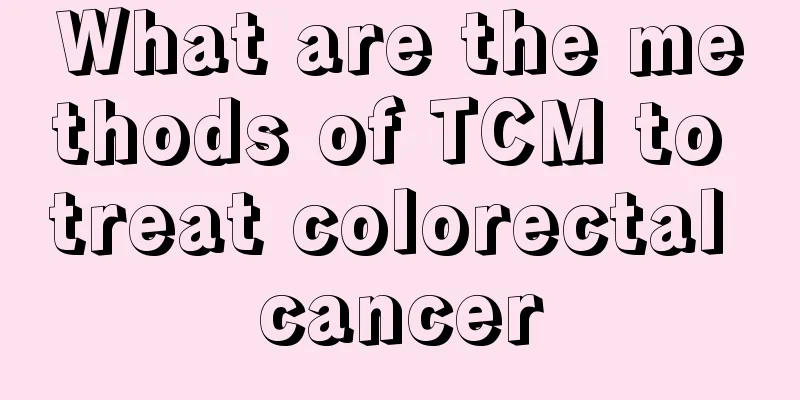The role of oxygen therapy

|
Oxygen therapy is a relatively common treatment technology at present. It mainly causes discomfort, pain and burning sensation under the sternum, and the respiratory system will continue to accelerate. Severe patients will have symptoms of dry cough. In terms of treatment, it is necessary to have relevant understanding and knowledge of the patient's physical constitution, and to know the true meaning of the problem, so that we can understand and treat it more intuitively. Common side effects of oxygen therapy include: 1. Oxygen poisoning: It is characterized by changes in the lung parenchyma. The main symptoms include discomfort, pain, and burning sensation under the sternum, followed by increased breathing, nausea, vomiting, irritability, and dry cough. Preventive measures include avoiding long-term, high-concentration oxygen therapy and performing blood gas analysis frequently, and dynamically observing the therapeutic effect of oxygen therapy. 2. Atelectasis: After inhaling high-concentration oxygen, a large amount of nitrogen in the alveoli is replaced. Once the bronchus is blocked, the oxygen in the alveoli is rapidly absorbed by the pulmonary circulation, causing inhalation atelectasis. The main symptoms are irritability, increased breathing and heart rate, increased blood pressure, followed by difficulty breathing, cyanosis, and coma. Preventive measures: Encourage patients to take deep breaths, cough more often and change lying position and posture frequently to prevent blockage of secretions. 3. Dry respiratory secretions: humidification and atomization inhalation should be strengthened. Oxygen is a dry gas and can dry out the respiratory mucosa when inhaled. The main symptoms are thick respiratory secretions that are difficult to cough up and impair ciliary motility. Precautions: Oxygen must be humidified before inhalation to reduce irritation. 4. Hyperplasia of posterior lens fibrous tissue: only seen in newborns, more common in premature infants. The main symptoms are retinal vasoconstriction, retinal fibrosis, and finally irreversible blindness. Preventive measures should control oxygen concentration and oxygen inhalation time. 5. Respiratory depression: seen in patients with type II respiratory failure (decreased PaO2, increased PaCO2). Since PaCO2 remains at a high level for a long time, the respiratory center loses its sensitivity to carbon dioxide, and respiratory regulation mainly relies on the stimulation of hypoxia on the peripheral chemoreceptors. Inhalation of high-concentration oxygen relieves the stimulating effect of hypoxia on respiration, aggravates the depression of the respiratory center, and even causes respiratory arrest. The main symptom is respiratory depression. Preventive measures: Patients with type II respiratory failure should be given low-concentration, low-flow (1-2 L/min) oxygen to maintain PaO2 at 8 kPa. |
>>: Side effects of thread embedding
Recommend
What are the early symptoms of lung cancer? Beware of the six symptoms of lung cancer
In our lives, lung cancer is a disease with a rel...
Who is prone to prostate cancer?
Who is prone to prostate cancer? Generally speaki...
Are light eyebrows hereditary? Light eyebrows
Some people actually have very light eyebrows. Bu...
What are the early symptoms of cervical lymphoma?
Lymph is found throughout the body, and when it t...
How to dilate the anus during hemorrhoid surgery
Anal dilation is a method that needs to be perfor...
What is the chance of curing fibroids?
Once we feel some discomfort in the body and go t...
What to do if anal sphincter relaxation occurs? Treatment is the key
The anal sphincter is the muscle at the end of th...
What is the cause of lung cancer? Interpretation of the early symptoms of lung cancer
If there is any problem with the lungs, it will d...
What is the procedure for intravenous infusion?
Infusion is a relatively traditional treatment me...
What are the vegetables that can be eaten raw or cooked?
In our daily diet, we should pay attention to the...
Symptoms of Hashimoto's thyroid cancer
Symptoms of Hashimoto's thyroid cancer: Hashi...
What is dry eczema?
Dry eczema, also known as sebaceous eczema, refer...
How to diagnose stomach problems through tongue coating
Chinese medicine diagnoses diseases through obser...
What is the normal value of creatinine
Creatinine value refers to the normal value of bl...
What should I do if a blood cell thorn grows on my foot
I believe many people have never heard of hemocys...









